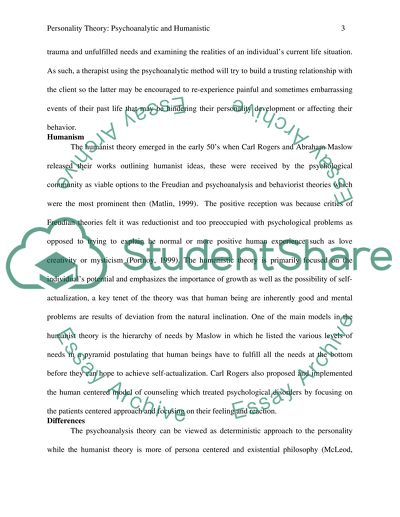Cite this document
(“Personality Theory: Psychoanalytic and Humanistic Essay”, n.d.)
Retrieved from https://studentshare.org/psychology/1489443-personality-theory-psychoanalytic-and-humanistic
Retrieved from https://studentshare.org/psychology/1489443-personality-theory-psychoanalytic-and-humanistic
(Personality Theory: Psychoanalytic and Humanistic Essay)
https://studentshare.org/psychology/1489443-personality-theory-psychoanalytic-and-humanistic.
https://studentshare.org/psychology/1489443-personality-theory-psychoanalytic-and-humanistic.
“Personality Theory: Psychoanalytic and Humanistic Essay”, n.d. https://studentshare.org/psychology/1489443-personality-theory-psychoanalytic-and-humanistic.


